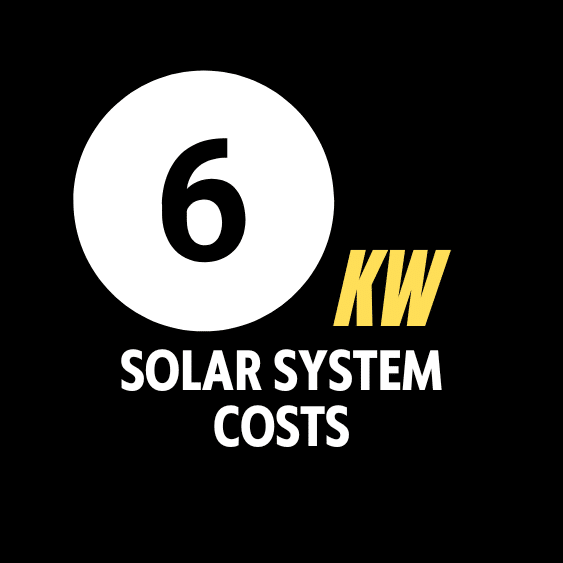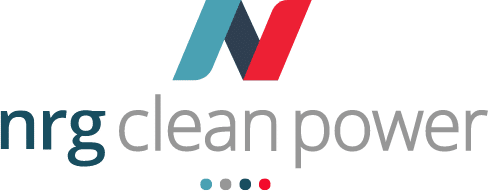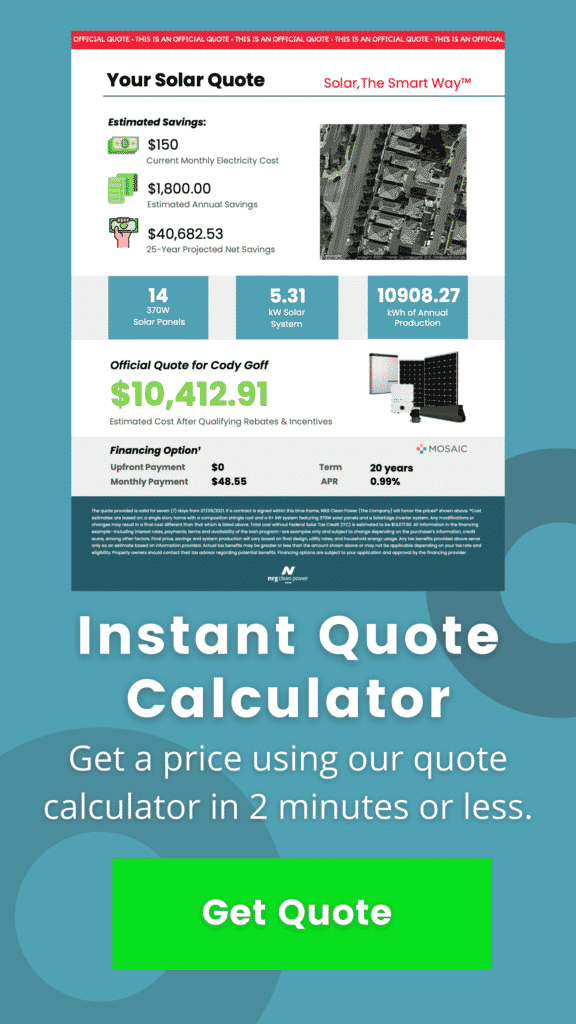
Despite the boom in rooftop solar installations in the US, the cost of switching to this greener energy source remains largely uneven across the country. Residential solar is incentivized in many states, but others do not offer such provisions. Even the federal tax credit varies—you can get anywhere between a $500 and $5,000 discount depending on where you live.
And these are not the only factors influencing the cost of going solar. The size of your chosen system matters the most.
In this article, we consider a standard 6kW rooftop solar arrangement to understand how much it might cost and whether such a system is enough to meet your energy needs.
Can 6kW Solar Array Meet Household Energy Consumption Needs?
Per the US Energy Information Administration’s (EIA) 2021 estimates, an average American household consumes 29.53kW of energy in a day. This means your solar array must be able to produce this much energy to partially or completely offset your daily consumption.
Under standard conditions—that is, ample sunlight hours and solar panels in peak form—a 6kW system can generate 750 to 900kWh of power in a month.
So, you can expect 25 to 30kWh of power from your 6kW solar array per day.
As you can see, it’s just enough to meet your everyday needs.
But here’s a better way of doing the math:
A 6kW solar array is expected to produce 6kW of power. So if you multiply 6 by the number of hours of sun exposure, you will get how much solar power you have at your disposal. For example, if a 6kW system gets 6 hours of full sunlight, it will produce 36kWh of solar energy.
By that calculation, households in a sunny state like Arizona (roughly 11 hours of sunlight every day) or one up north like Alaska (6 hours of sunshine) can draw enough solar power from a 6kW array.
The only caveat is that these calculations are based on ideal conditions. There is a significant margin of error when you factor in the fluctuations in weather, aging solar panels, and other factors.
Even then, rest assured that a 6kW system will help you save on your utility bills. It might not offset your electricity consumption in its entirety, but it is still undoubtedly a worthy investment.
The Cost of Going Solar
The average cost of going solar across the US is $2.77/Watt. So a 6kW system would run up to $16,620 without counting the federal tax credit or other local incentives.
This chart outlines the cost of investing in a 6kW solar arrangement in the top 10 states that use solar power:
| State | Cost of a 6kW Solar Array Before Tax Credit | Cost of a 6kW Solar Array After Tax Credit |
|---|---|---|
| Arizona | $15,660 | $11,588 |
| California | $16,380 | $12,121 |
| Florida | $15,180 | $11,233 |
| Massachusetts | $17,640 | $13,054 |
| Georgia | $15,300 | $11,322 |
| Nevada | $15,120 | $11,189 |
| North Carolina | $15,240 | $11,278 |
| New Jersey | $16,620 | $12,299 |
| New York | $17,700 | $13,098 |
| Texas | $16,140 | $11,944 |
As evident from these numbers, going solar is quite expensive, with or without tax credit. But many crucial factors directly influence the total cost of making this switch.
Read on to understand how you can make the most worthwhile investment that will help you make significant savings in the long run.
Factors That Influence the Cost of Going Solar
If you’re planning to go solar, remember that your overall investment will depend on the following:
The Brand
Dozens of companies manufacture and sell solar panels. The cost of a 6kW solar array, therefore, varies from brand to brand. It also depends on whether you choose affordable models or state-of-the-art cutting-edge solar panels.
For example, a solar panel from SunPower costs $1.50 to $3 per Watt. With Panasonic, the price could be as low as $0.70 to $1.10 per Watt.
Keep in mind that more affordable models might not be as efficient as high-end ones.
While you may save on your initial investment by choosing the most affordable option, it may be better to go for mid-range or even high-end. Solar panels have a life expectancy of 20 to 25 years. The better they retain their efficiency during that period, the longer you save on your utility bills.
But if you buy a low-end model that needs to be replaced within ten years of its purchase, the savings you make on your initial installation cost will be undone by replacement costs.
Type of Solar Panels
There are four main types of solar panels: monocrystalline, polycrystalline, thin-film, and PERC (Passivated Emitter and Rear Cells). Each has different performative capacities and efficiencies, which also dictate their price.
PERC solar panels are the most efficient and expensive of the four, followed by monocrystalline. Thin-film and polycrystalline solar panels are cheaper options that are less efficient than the others.
Number of Solar Panels
Solar panels made for residential use have two configurations: 60-cells or 72-cells. Depending on the manufacturer, you might need 17 to 24 panels to build a 6kW array. Your solar adviser will tell you what works best depending on the rooftop real estate available in your home.
The total cost depends on the number and capacity of solar panels you choose to install.
Solar Incentives and Discounts
As mentioned earlier, solar incentives and discounts vary from state to state. Apart from the federal tax credit, you may be eligible for state-specific solar incentives, solar property tax exemptions, subsidized loans, and solar rebates.
In states where residential solar is popular and there are ample sunny hours in the year, homeowners are incentivized to encourage more adoption.
Installation Charges and Miscellaneous Costs
Some solar manufacturers provide DIY solar installation kits with every purchase. But it is best to enlist the help of professionals—these experts will guide you through the process to maximize your resources and minimize costs.
Solar installers will also inspect your house thoroughly. Your roof may need repairs before you can put up solar panels. These adjustments may run up your bill even further.
These are some of the reasons why you need to account for additional expenditures in your solar budget. When you draw up your calculations, include every potential cost. This way, you will not be caught off-guard with a last-minute expense you did not account for.
It will help you decide on a financing option, too. There are several ways to fund a residential solar project. You can choose from special loans, power purchase agreements, or a home equity line of credit (HELOC). Choose the option that serves your immediate interests the best.
Invest in Solar Today
As natural gas prices and utility rates increase, there is an urgent need to turn to alternative energy sources to power households. Not only does going solar help you save on utility bills, but it also future-proofs your home against an unpredictable energy crisis.
Although a 6kW solar system is not the cheapest, it is a worthy investment for the future. You will save money if you install a solar array on your rooftop. The initial installation costs are certainly worth every penny.

Authored by Ryan Douglas
NRG Clean Power's resident writer and solar enthusiast, Ryan Douglas covers all things related to the clean energy industry.


